The thylacine, commonly known as the Tasmanian tiger, has long been a symbol of both ecological tragedy and scientific fascination. Once widespread across Australia and Tasmania, this unique marsupial predator was driven to extinction in the early 20th century due to human activity. In recent years, however, advances in genetic engineering and de-extinction technologies have sparked ambitious plans to bring the thylacine back to life. Among the most promising—and challenging—approaches is the use of epigenetics, a field that studies heritable changes in gene expression without altering the underlying DNA sequence.
The Promise of Epigenetics in De-Extinction
Epigenetics offers a tantalizing possibility for de-extinction efforts. Unlike traditional genetic engineering, which focuses on editing the DNA itself, epigenetic modifications can potentially "reactivate" dormant genes or adjust gene expression patterns to mimic those of the extinct species. For the thylacine, this could mean taking the genome of a closely related living species, such as the fat-tailed dunnart, and epigenetically modifying it to express thylacine-like traits. This approach could theoretically bypass some of the ethical and technical hurdles associated with cloning or full genome synthesis.
However, the road to epigenetic resurrection is fraught with obstacles. One of the most significant challenges is our limited understanding of the thylacine's epigenome—the complete set of chemical modifications that regulated its gene expression. Without a living specimen or well-preserved tissue samples, scientists must rely on computational models and comparisons with extant species to infer how the thylacine's genes were regulated. This introduces a high degree of uncertainty, as even small errors in epigenetic reprogramming could lead to developmental abnormalities or a creature that only superficially resembles the original thylacine.
Technical Hurdles in Epigenetic Reprogramming
Even if scientists could perfectly map the thylacine's epigenome, the tools for precisely editing epigenetic markers are still in their infancy. Techniques like CRISPR-Cas9 have revolutionized genetic engineering, but their epigenetic counterparts, such as CRISPR-dCas9 (which targets gene expression rather than DNA sequence), are less precise and efficient. Delivering these tools to the right cells at the right time during development adds another layer of complexity. For a marsupial like the thylacine, which has a unique reproductive system involving underdeveloped young that complete their growth in a pouch, the timing and delivery of epigenetic edits would need to be exquisitely controlled.
Another major bottleneck is the lack of a suitable surrogate host. Even if scientists succeed in creating a thylacine-like embryo through epigenetic modifications, they would need a closely related species to carry the pregnancy to term. The fat-tailed dunnart, while genetically similar, is much smaller than the thylacine, raising questions about whether its reproductive system could support the development of a larger, more complex organism. This mismatch could lead to high rates of pregnancy failure or offspring that are nonviable.
Ethical and Ecological Considerations
Beyond the technical challenges, the thylacine de-extinction project raises profound ethical questions. Critics argue that resources spent on de-extinction could be better used to conserve existing endangered species. Others worry about the ecological implications of reintroducing a species that has been absent for nearly a century. The Tasmanian ecosystem has changed significantly since the thylacine's extinction, and it's unclear how a resurrected population would interact with modern flora and fauna.
Proponents, however, counter that the thylacine's return could restore lost ecological balance and serve as a flagship species for conservation efforts. They also emphasize the potential scientific breakthroughs that could arise from overcoming the epigenetic hurdles, with applications ranging from medicine to agriculture. The debate underscores the need for a broader conversation about the goals and consequences of de-extinction before such projects move forward.
The Path Forward
Despite the challenges, research into epigenetic de-extinction continues to advance. Collaborative efforts between geneticists, developmental biologists, and conservationists are yielding new insights into marsupial biology and epigenetic regulation. Improved sequencing technologies and machine learning algorithms are helping to reconstruct the thylacine's epigenome with greater accuracy, while advances in stem cell technology may one day provide alternative pathways to creating viable embryos.
For now, the thylacine remains a ghost in the genetic code—a reminder of what we've lost and a test of what science might one day reclaim. Whether or not the species can be brought back, the quest to do so is pushing the boundaries of epigenetics and forcing us to confront deeper questions about humanity's role in shaping the natural world.
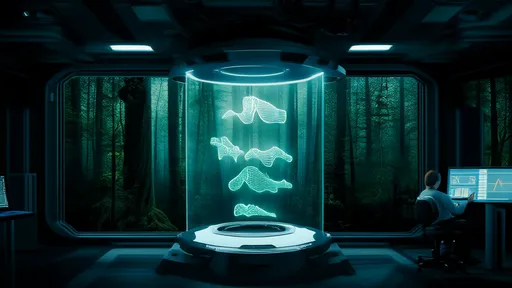
By /Aug 12, 2025

By /Aug 12, 2025
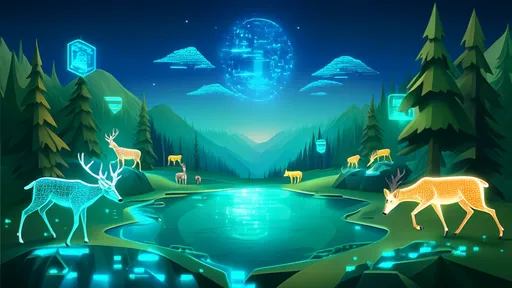
By /Aug 12, 2025
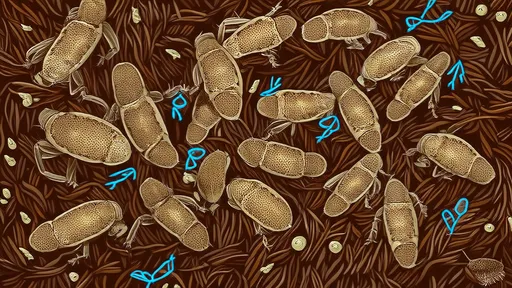
By /Aug 12, 2025
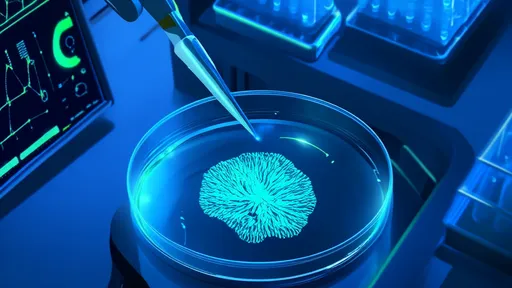
By /Aug 12, 2025
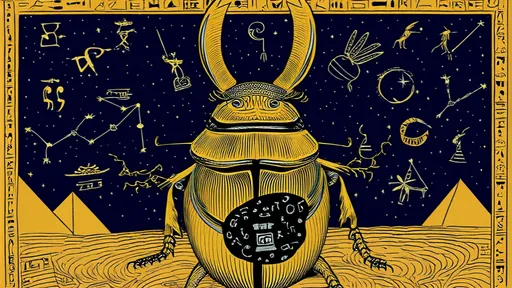
By /Aug 12, 2025
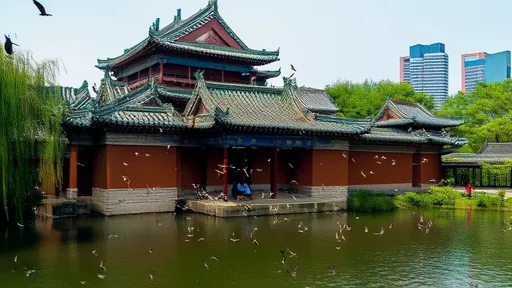
By /Aug 12, 2025

By /Aug 12, 2025

By /Aug 12, 2025

By /Aug 12, 2025
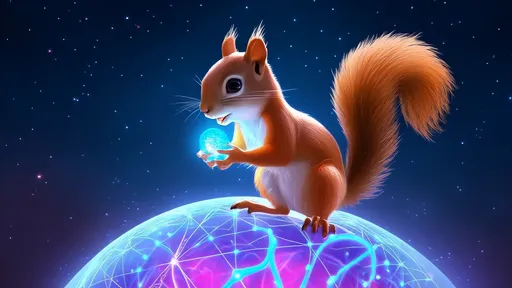
By /Aug 12, 2025
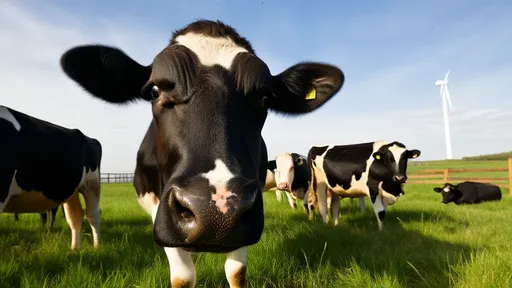
By /Aug 12, 2025
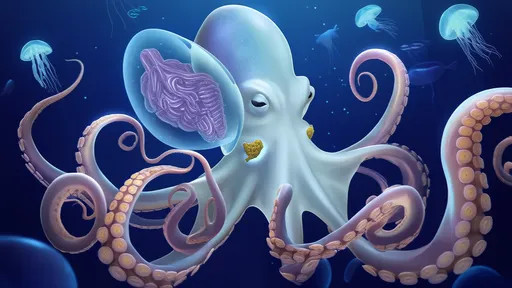
By /Aug 12, 2025

By /Aug 12, 2025
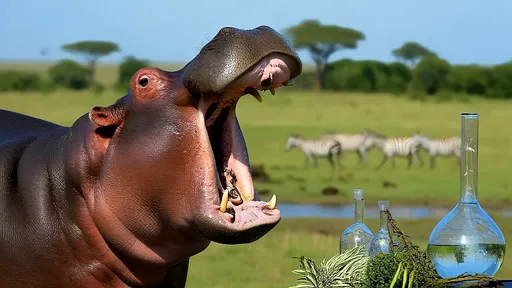
By /Aug 12, 2025
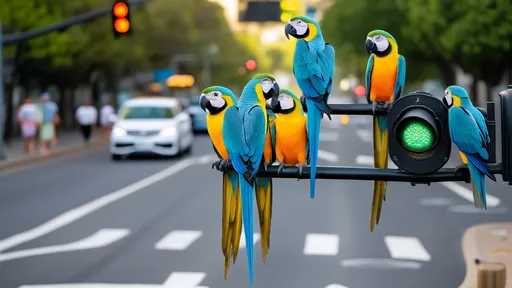
By /Aug 12, 2025

By /Aug 12, 2025
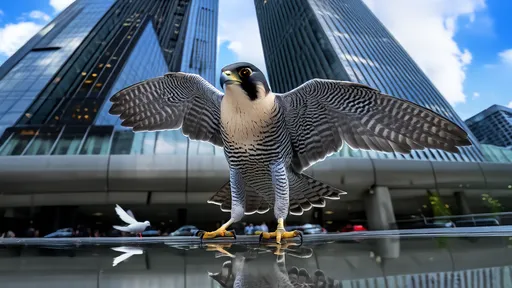
By /Aug 12, 2025
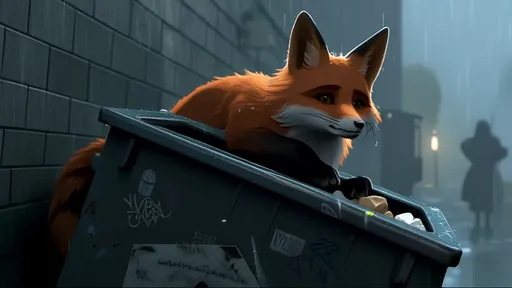
By /Aug 12, 2025
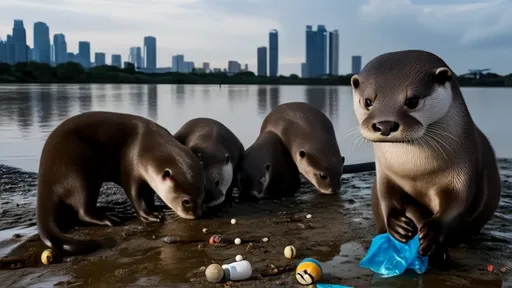
By /Aug 12, 2025